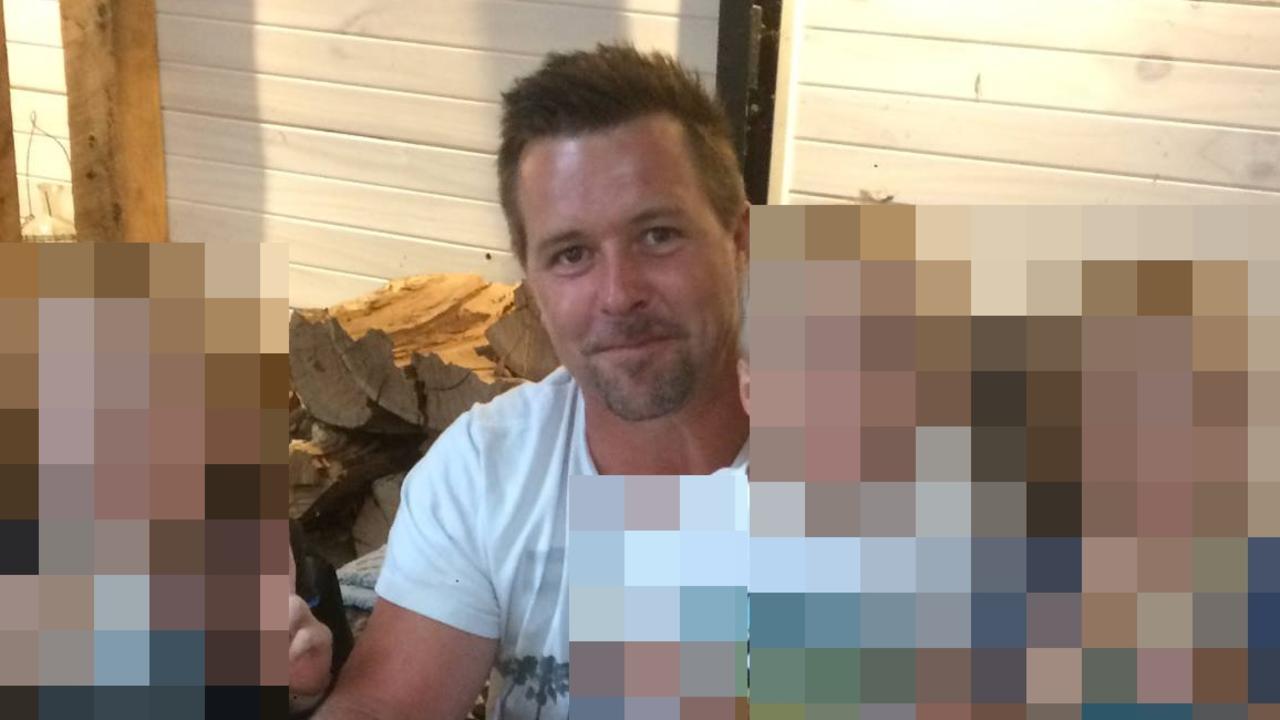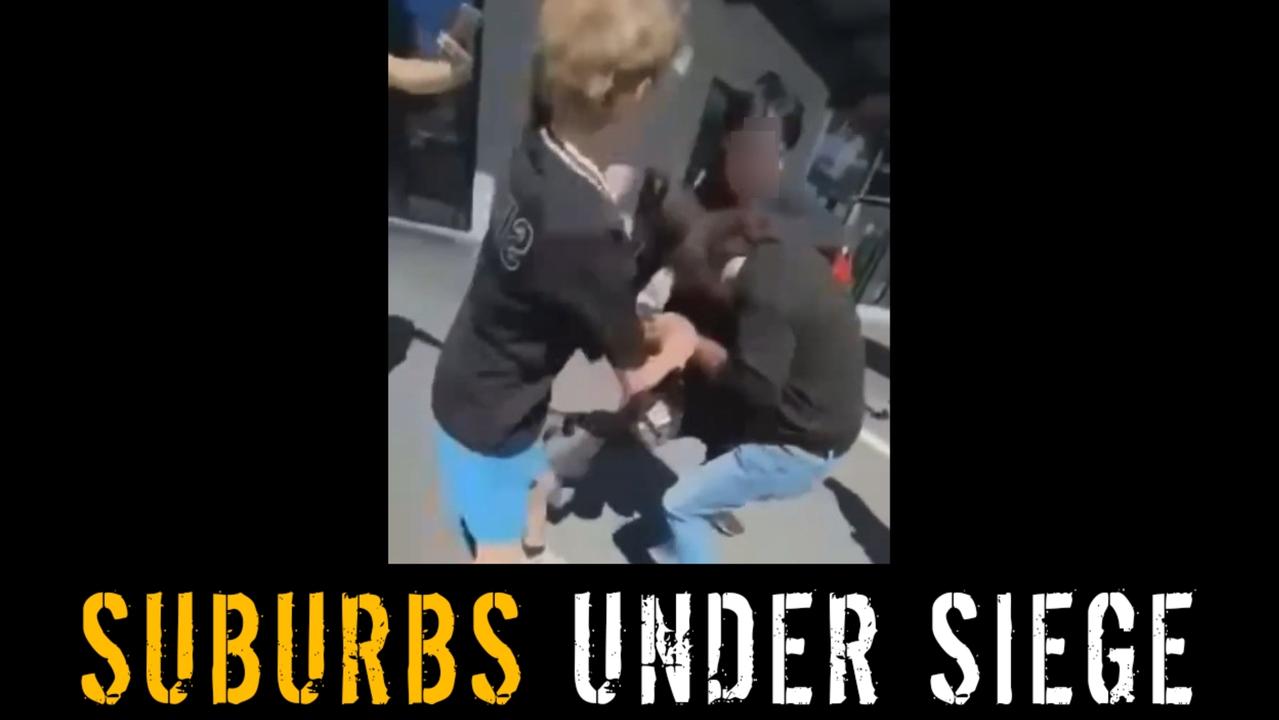Which Victorian suburbs had the most storm damage this year
A group of Melbourne suburbs in the southeast have surged into the top 10 worst affected areas for SES call-outs to repair storm damage. See how to best prepare your home.
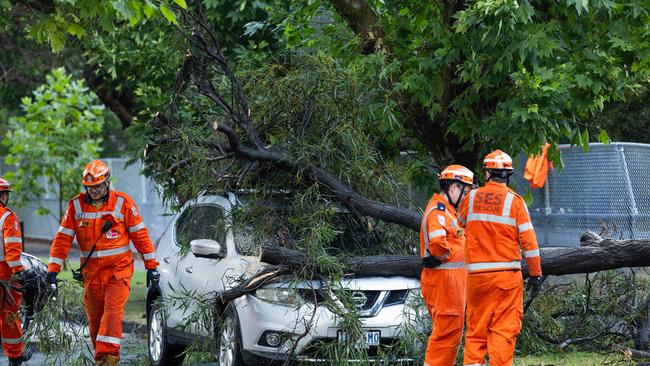
Leader
Don't miss out on the headlines from Leader . Followed categories will be added to My News.
A cluster of suburbs in Melbourne’s southeast are the state’s new wild weather hotspots with a destructive storm earlier in the year responsible for a huge spike in SES call-outs.
New VICSES data revealed suburbs from Melbourne’s southeast made up seven of the 10 worst storm hit areas in the state this year, overtaking many regional areas.
Mulgrave has recorded 266 requests for help from the SES so far this year — the second most in the state behind Mirboo North (287) in Gippsland — with Mt Waverley (248), Emerald (234), Oakleigh East (149), Frankston (142), Clayton (135) and Wheelers Hill (133) also recording an increase in SES call-outs.
Lara (184) and Warrnambool (264) were also among the state’s storm damage hotspots.
The majority of the calls for help came during the wild storms that smashed Melbourne in February, with the Monash SES unit receiving 1200 requests in the five days after the storm.
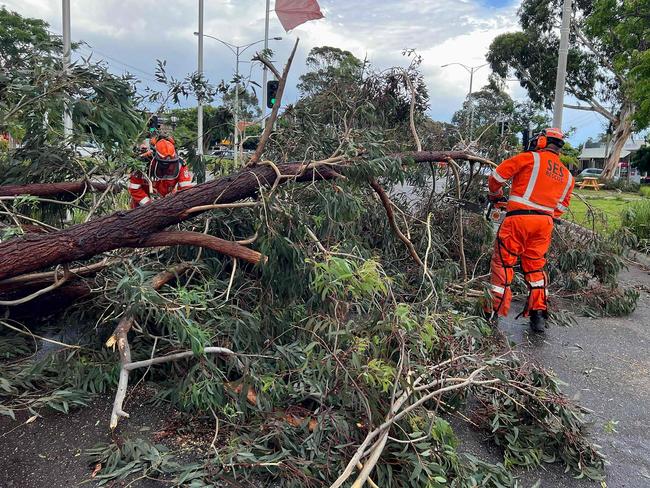
Monash SES volunteer Raman Sanjayan said the February storms were “some of the worst” the unit had experienced.
“We attended a lot of rescues where traffic was chaotic and roads were flooded with trees down everywhere, it was very confronting to see,” he said.
“It was really unlike anything we’ve ever seen before.”
Mr Sanjayan said storms were the “biggest hazards” to homes in metropolitan areas.
“Storms are getting more frequent and more severe so it always pays to be prepared,” he said.
“The biggest thing is just being wary if a big storm is being predicted, tie down any loose objects like trampolines that could fly away and clean your gutters.
“It’s just about optimising your own homes to reduce the risk of damage.”
Earlier this year Monash SES released a documentary on the February storms called “Into The Storm”, releasing footage and audio taken from the day of volunteers battling through the wild conditions on their way to various rescues.
In the past 12 months, VICSES responded to 31,512 requests for assistance across the state — which equates to more than 308,000 volunteer hours — with fallen trees, building damage and flooding the most common reason.
The amount of requests in 2023/24 was about 1000 fewer than the year before.
It comes as new research from insurance company AAMI revealed 85 per cent of Victorians did not prepare their homes properly.
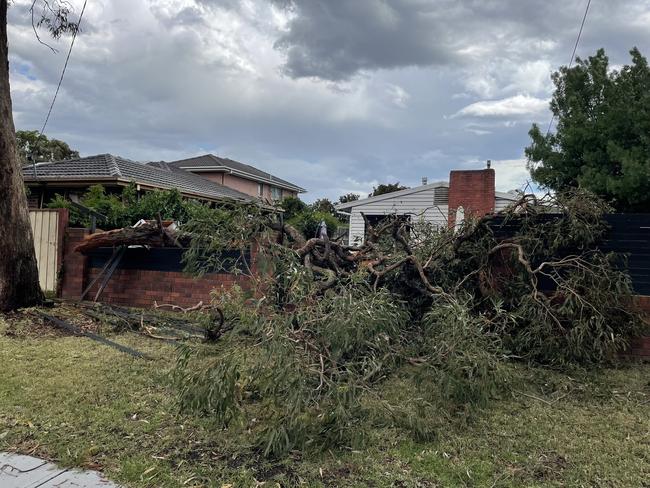
AAMI home prevention and protection GM Anna Cartwright said a failure to prepare left people “vulnerable” to significant damage.
“Our research shows Victorians are too focused on where they are going, and not thinking enough about what they are leaving behind,” she said.
Ms Cartwright said people should consider trimming dangerous trees and branches before going on holiday to avoid coming home to a damaged property.
VICSES chief officer Tim Wiebusch said it was imperative people be prepared for any wild weather in coming months.
“During this higher risk season, preparedness is a shared responsibility and it’s important for communities to act and understand their local risks,” he said.
“In summer we often continue to see and experience adverse weather conditions and the best defence against these storms and severe weather is early preparation, such as having an emergency plan in place, and knowing where to go for information.”
VICSES can be reached on 132 500




